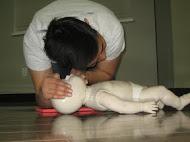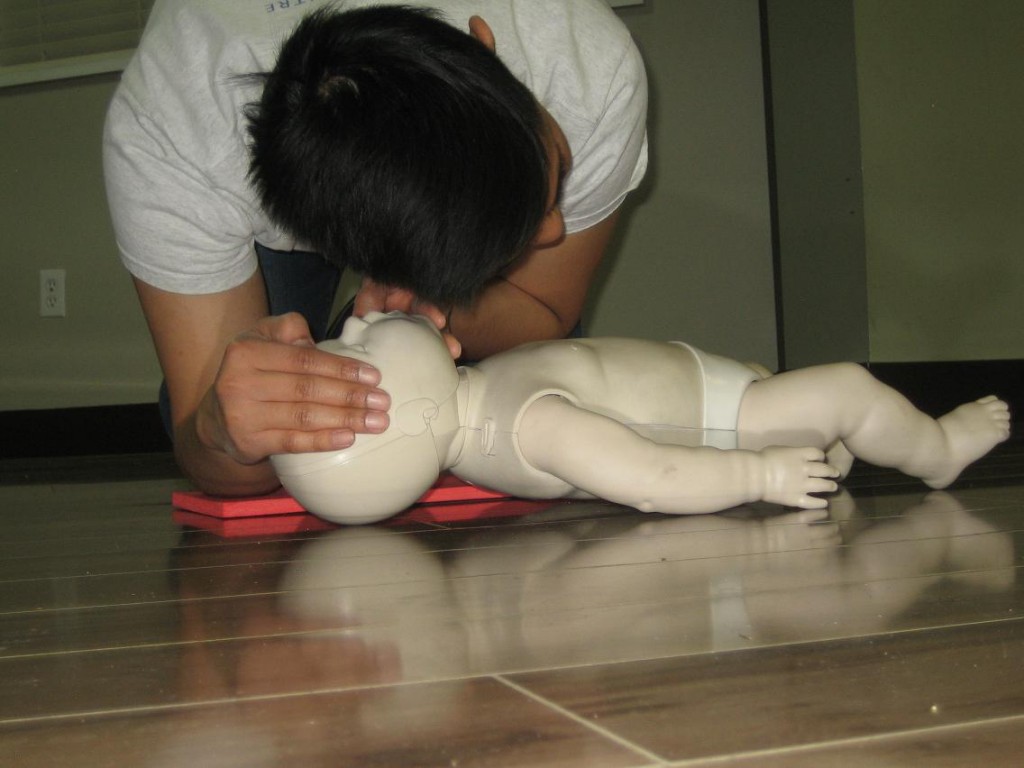
Infants are highly prone to situations such as choking that require immediate medical attention. It is, therefore important for a parent or the caretaker to know how to carry out baby CPR in order to offer the help required. This is a process that should only be carried by a person who has the skills and knowledge on how to do it effectively. Ideally it is important for parents and infant care givers to attend courses that teach on how the process should be carried out. There are some things that should be done and others that should not when doing the CPR to the infant.
What to Do During Baby CPR
It is important to just conduct the CPR when you feel that it is safe for you to offer the help. You need first to be calm and rely on the techniques that you know will work. When conducting the process, it is important to first check how the infant is responding to either your touch or voice. Try to flick the bottom of the foot using a finger. Regardless of whether the infant responds well, you need to call emergency services for more advanced medical assistance. Contact the emergency service that is most effective and closest to you. If the infant is not choking, compress the chest or provide three gentle breathes in order to clear the airwaves. When doing the chest compressions, use firm and fast motions to ensure the heart pumps manually. Give about thirty compressions and two rescue breaths. Continue doing the baby CPR until you recognize the obvious signs of improvement.
What not to do during Baby CPR
You should not carry out CPR to an infant if you not do know how to do it. As you do the chest compressions, you should not lose contact with the infant’s chest. If you do so, you will just make the situation worse that it is. Never try to initiate the rescue breathes if you are not trained on baby CPR. Just do the chest compression until emergency service arrives. You should also not bend your arms and elbows to ensure that you do the push with the entire weight of your upper body. Do not use both hands because this may prove to be too much to an infant. If the infant is choking, you should not use the rescue breaths even if you are trained on how this should be done. This will prevent making the choking worse.

